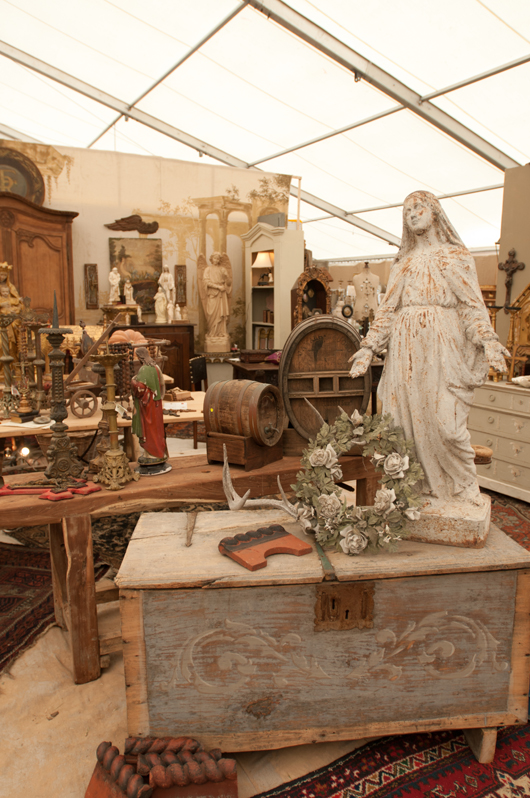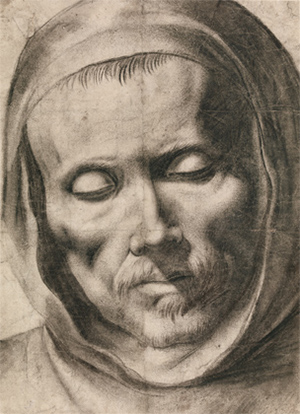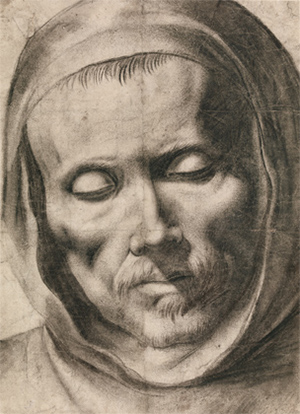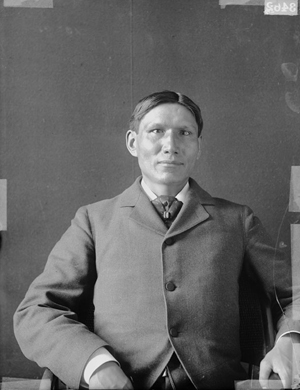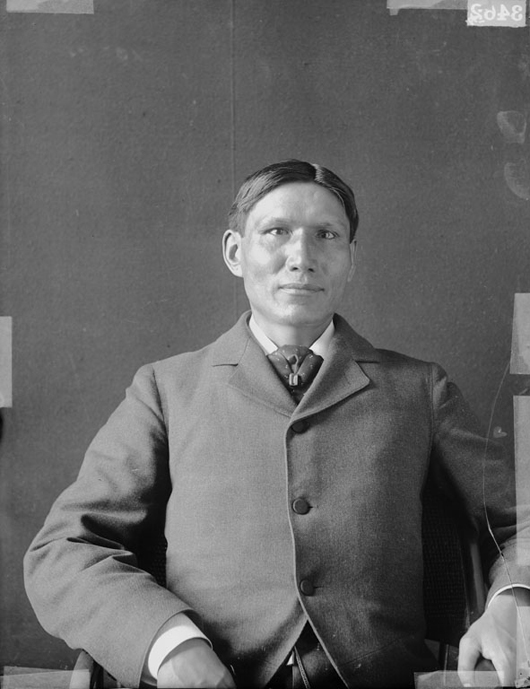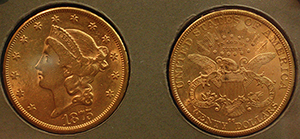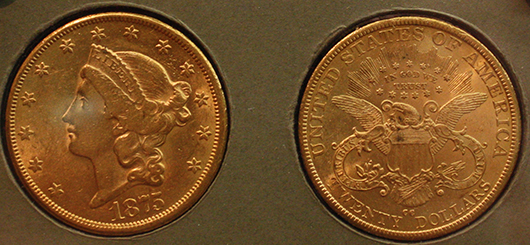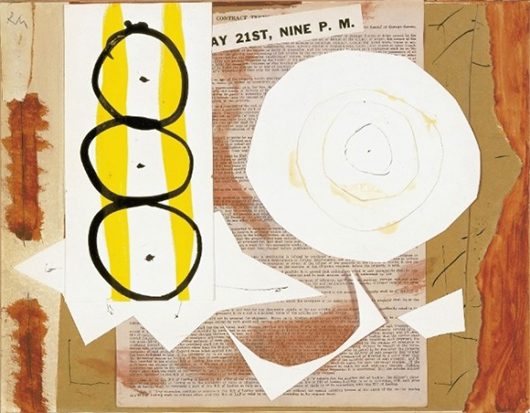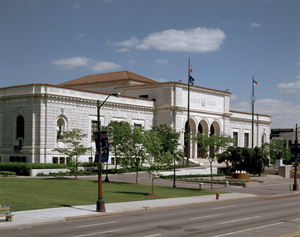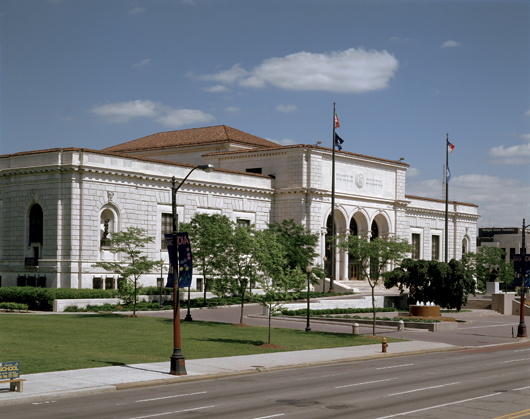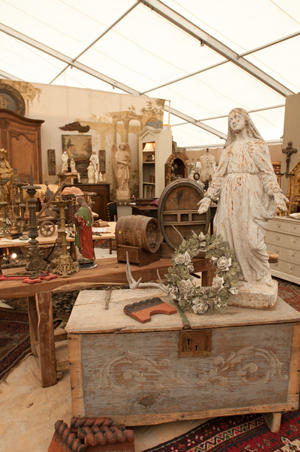
ROUND TOP, Texas – There are places where you can find quality antiques on a small scale—exclusive shops, elite environments, private sales. But the consistent feat of the Marburger Farm Antique Show has been quality writ huge, quality writ fun, quality writ Texas-size. On Oct. 1-5 over 350 dealers from most states and many countries will arrive with their very best antiques, vintage and artisan objects at the twice-yearly mega show in Round Top.
Aisle after aisle, tent after tent, acre after acre of only the very best quality, whether high-end or a bargain, delivered in a setting like no other. Not just something for everyone, but something of quality for everyone.
“It’s the quality of our dealers that gets people to come show after show,” says Marburger Farm co-owner Ashley Ferguson. “People plan their year around Marburger. We’re seeing advance bookings from groups—corporate and sorority alum groups, book clubs and garden clubs.”
“I don’t bring anything ordinary to Marburger Farm,” says exhibitor Adele Kerr, owner of the New Braunfels, Texas, collective Adele Kerr & Co. “Marburger is a quality show and I love it.” For the Oct. 1-5 show she will offer Swedish herbariums, art, mid-century modern lighting, a Hollywood Regency sofa and chair set, 1940s French advertising and “prints galore.”
“Quality,” says silver dealer Carol O’Steen of Tallahassee, Fla., “is condition. It’s the person who made it and how the people who had it took care of it.” O’Steen will offer Marburger customers hundreds of sterling and fine silver-plated pieces, including figural napkin rings, pre-1865 coin silver and larger pieces that are, she says, “in wonderful condition, usable and will endure.”
Oriental rug dealer Shahin Azra of Atlanta, Ga., defines quality as how a rug has been made and whether it uses authentic vegetable dyes. “We carry only the highest quality antique Persian, Turkish and Oriental rugs from the 18th and 19th centuries,” says Azra. “The colors and design of a rug are personal and subjective, but quality is universal.” The Azras will offer over 200 rugs at Marburger Farm, from small runners to room size to monumental size.
Quality on a wearable scale will arrive with Adrienne Astrologo of Philadelphia’s Ladybag International, which offers the world’s largest collection of vintage designer handbags, including Hermes, Chanel, Louis Vuitton and Judith Leiber. “You can feel quality in a handbag,” says Astrologo. “It’s the sumptuous leather, the perfect, even stiches. It’s the good-quality lining and zipper. It’s heavier, better designed hardware. A Hermes Birkin bag took months to make by a single craftsman in France. These bags are authentic, quality works of art.”
Offering another perspective, Janet Romine of Rubbish Antiques believes that “Quality is in the eye of the beholder.” Alongside her pristine, modestly priced schoolhouse flashcards will be objects that flaunt their age. “I’d rather have an imperfect piece of ironstone that was used and loved on a Thanksgiving table. Imperfect things can be high quality too.” Romine will offer a curved antique couch with wood in as-found condition, but reupholstered in chocolate and creams. She will also have two deconstructed chairs. “I will take them down to the burlap and bones. They will be functional, but you will see the beautiful strapping and internal structure.”
For Colorado exhibitors Terry and Bill Pfister of East of LA Antiques, quality has a simple definition. “A quality antique,” says Terry Pfister, “is one that I would put in my own home.” Because they shop just for Marburger Farm, “We don’t have to fill a store with quantity, so we can buy only quality pieces for Marburger. Our customers at Marburger come back year after year and that means a lot to us,” says Pfister. On one side of the aisle, Bill Pfister gathers hefty American architectural antiques, including iron from Boston and New Orleans. He will also have rare iron railings from a bank in Colorado and Bollard lights from an early public building.
On her side of the aisle, Terry Pfister will offer Italian and French furnishings and chandeliers, including a down-filled French chaise lounge and an Italian tole chandelier in pastel painted metal. What is quality in a chandelier? “Quality is the gilding and patina,” says Pfister, “It’s the weight and facets of the crystals. They’re not just glass. They are lead crystal, the real thing.”
The real thing will also shine in the benefit booths for Dwell with Dignity of Dallas and the Brookwood Community near Houston. Dwell with Dignity networks with interior designers to create functional environments for families escaping poverty and homelessness. They will transport antiques donated by Marburger dealers to the month-long Pop Up shop in the Dallas Design District, starting Oct. 10. The Brookwood booth will offer an abundance of plants, gifts and gourmet items created by its community of special needs adults. (See dwellwithdignity.org and brookwoodcommunity.org)
So, whether you look for sterling qualities or the quality of well-worn character, plan to attend the fall Marburger Farm Antique Show on Oct. 1-5, 2013, where you will find a Texas-size dose of both. Antiques, vintage and artisan exhibits will include American, French, English, Asian, Continental, Mid-Century Modern, industrial, architectural, fine art, jewelry, silver, Western, garden, textiles, lighting, early Texas, original artisan works and more.
The Marburger Farm Antique Show opens on Tuesday, Oct. 1, with early buying from 10 a.m. through 2 p.m. for $25 for adults, free for children 15 and under. Regular $10 admission begins Oct. 1 at 2 p.m. One admission is good all week, with the show running on Wednesday, Thursday and Friday from 9 a.m. to 5 p.m. and on Saturday, Oct. 5, from 9 a.m. to 4 p.m. Parking is free. Marburger hosts a Man-Cave in the Blacksmith Shop. A full-service food pavilion and Blacksmith Bar will keep you energized and happy. The atmosphere is relaxed, family friendly and fun. Dogs on a leash are always welcome.
Follow show news and previews at www.facebook.com/marburgerfarmantiqueshow. See information on the Marburger Farm Café, travel, maps, vendors, special events, lodging, on-site shipping and more at www.roundtop-marburger.com. For other information or advance group bookings, call Ashley Ferguson at 800-947-5799. Groups receive advance tickets, reserved lunch seating, boxed lunch option and will be greeted at Marburger with a Texas welcome and a swag bag of treats, all quality.
ADDITIONAL IMAGE OF NOTE
